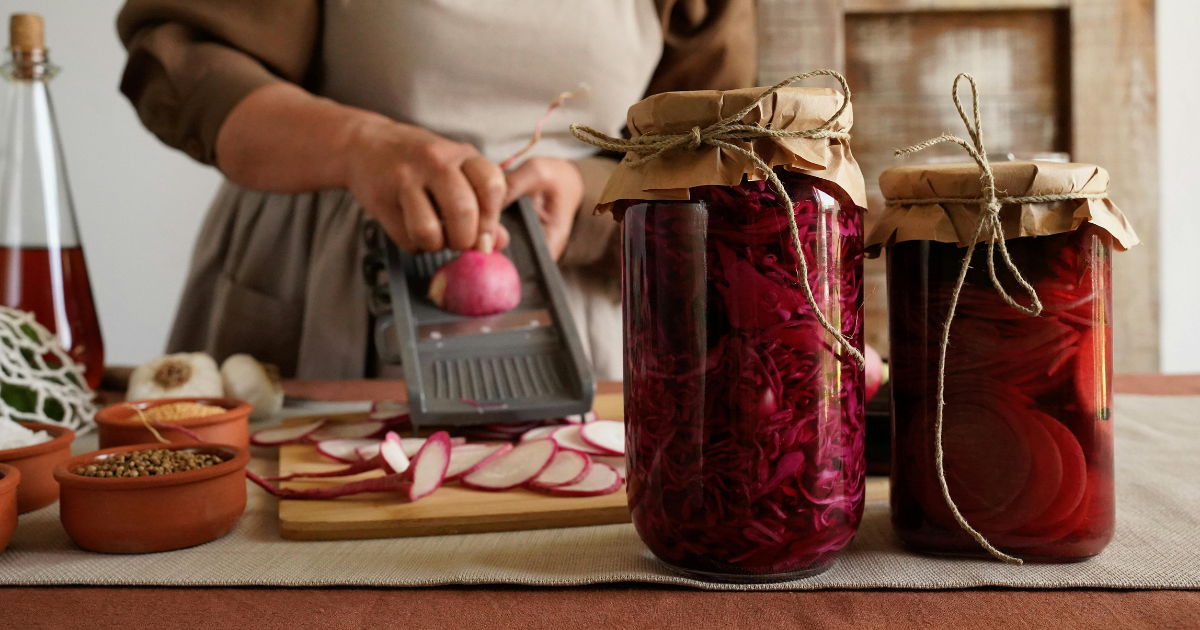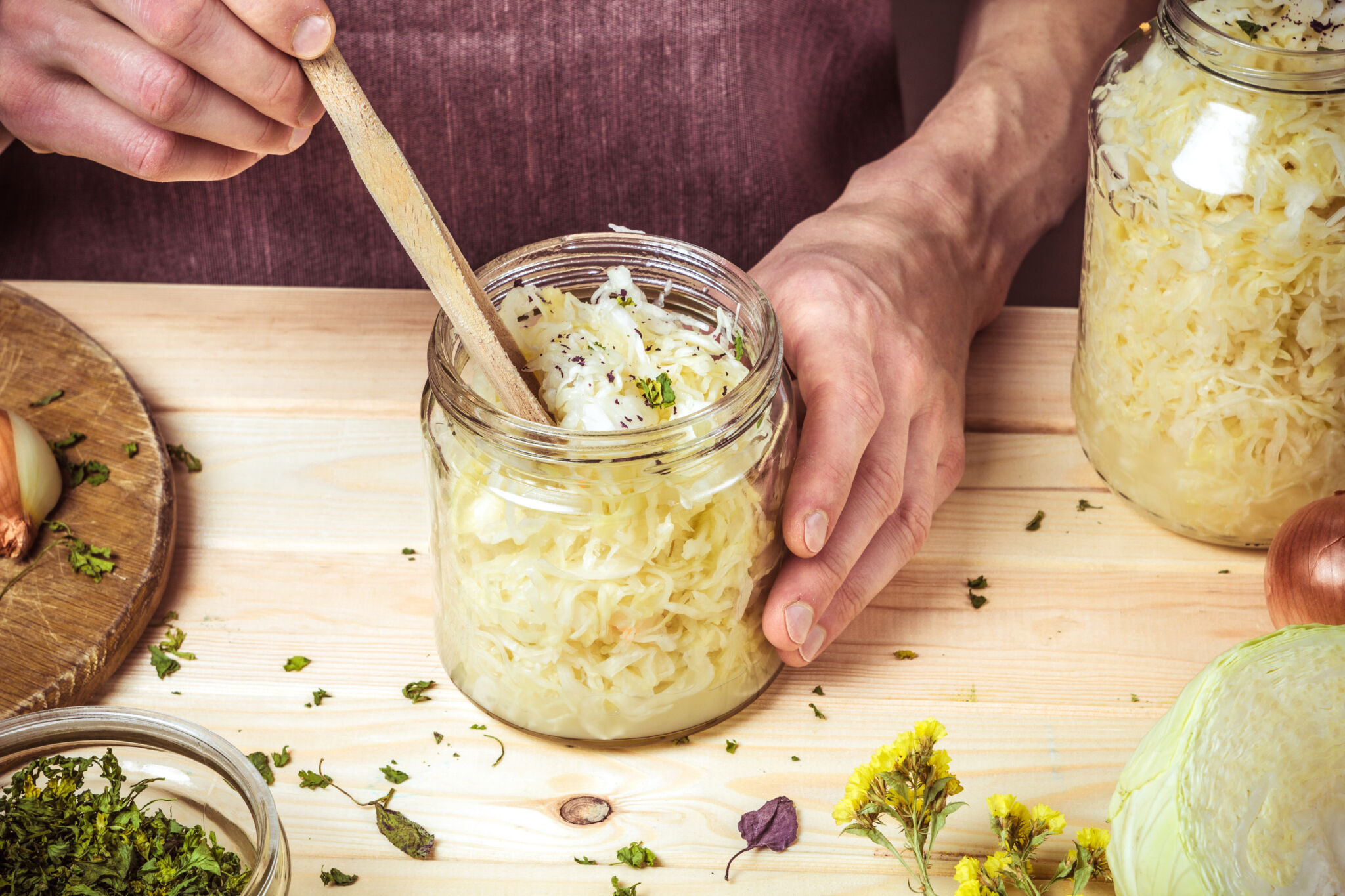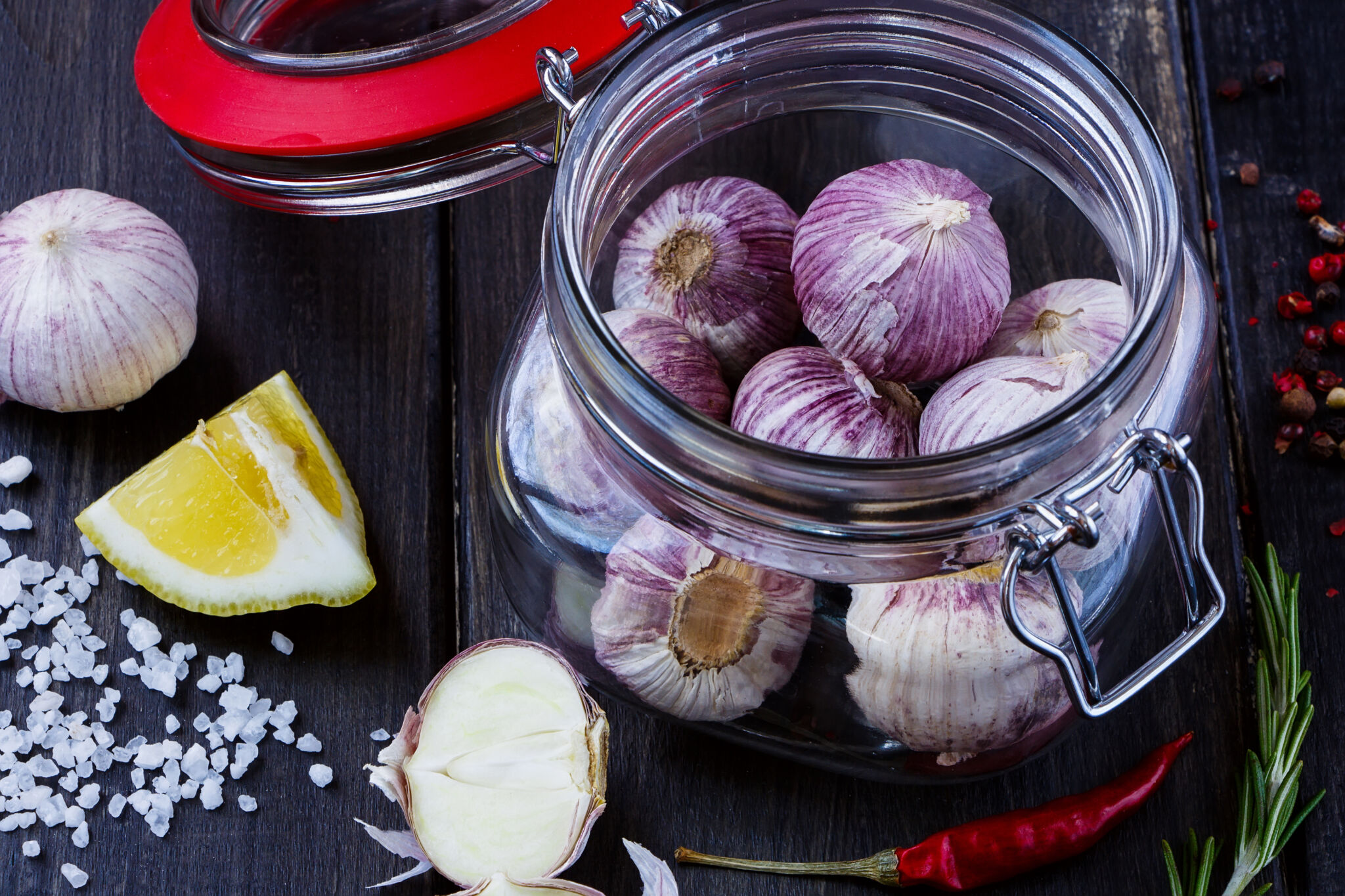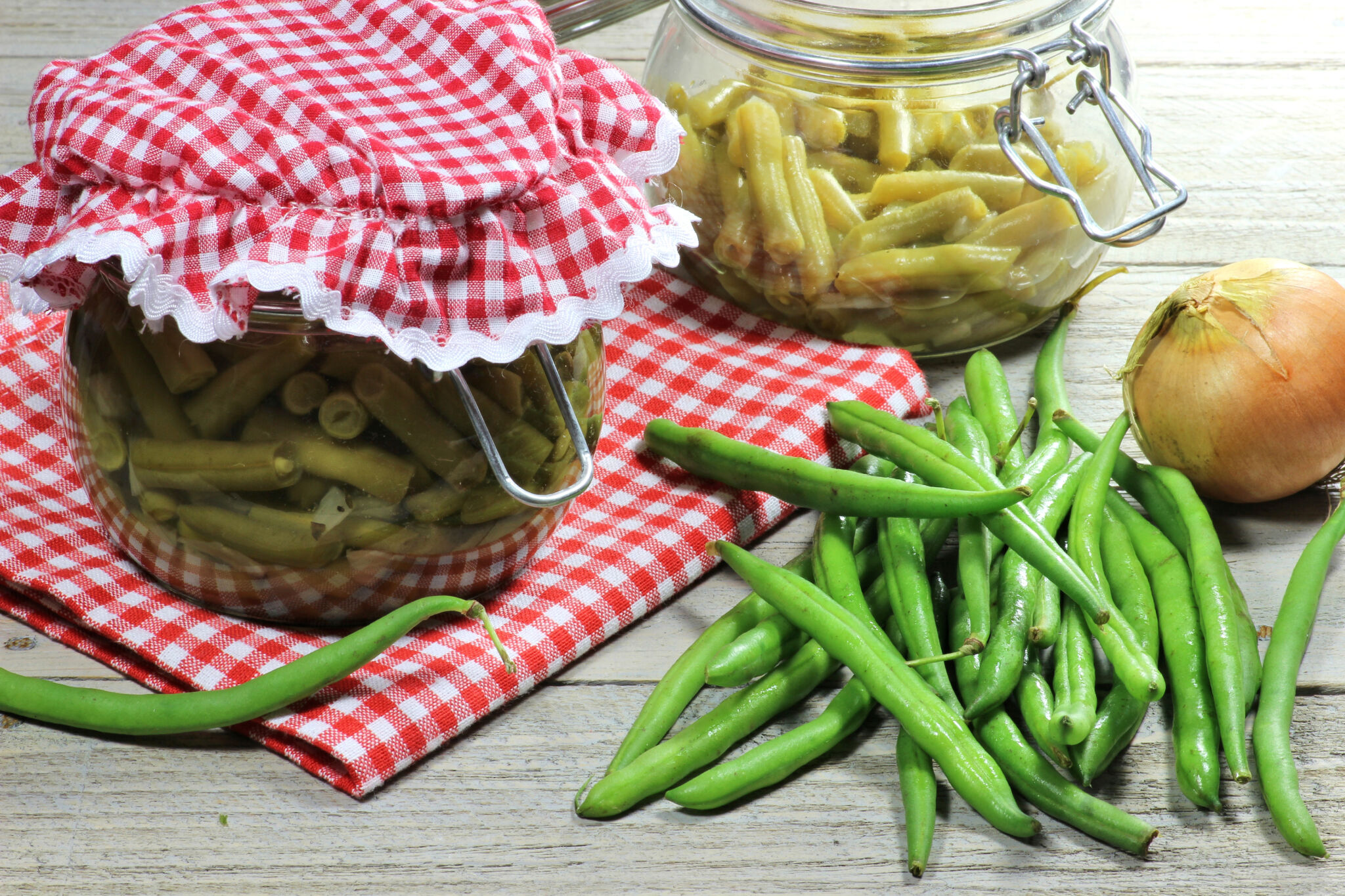“Fermented vegetables: health in every jar”
Three recipes you can make at home

It’s no secret that fermented foods enrich the gut with beneficial bacteria, which play a vital role in boosting immunity and regulating appetite.
These bacteria not only give fermented foods their distinctive taste but also act as natural prebiotics, promoting the growth of healthy gut flora. Fermented vegetables are a simple and delicious way to incorporate probiotics into your diet, supporting overall gut health.
Unlike pickling or salting, fermenting vegetables doesn’t require brine. Instead, vegetables are lightly salted and pressed under a weight. This process releases natural juices, creating an environment for the development of beneficial lactic acid bacteria.
This ancient technique of fermentation continues to be widely used today for preserving and producing foods such as wine, cheese, sauerkraut, yogurt, kombucha, and more.
In fact, you can ferment almost any vegetable, and once you start exploring the world of fermented foods, you may feel inspired to try fermenting everything.
However, different vegetables require slightly different approaches. For instance, cabbage contains enough moisture on its own, so you won’t need a brine like in the recipe below—just a pinch of salt will do.
Here are some of the best vegetables for fermentation:
- Carrots
- Cabbage
- Garlic
- Green beans
- Peppers
- Radishes
- Beets
- Broccoli
- Cauliflower
- Whole cucumbers
- And many more
Fermented cabbage

Photo: iStock
- cabbage 1 (small cabbage)
- salt 1 tbsp.
- 1 cup of water (if necessary)
Start by scalding the cabbage with boiling water. Set aside the outer leaves and finely shred the rest into a bowl. Add one tablespoon of salt and knead the cabbage with clean hands for about 10 minutes until it releases enough liquid. Once softened, transfer the cabbage into a jar, pressing it down firmly with your hands or a wooden pestle. Pour the remaining salted liquid over the top. Cover the cabbage with the reserved outer leaf and weigh it down with a clean weight to ensure the cabbage stays submerged. Cover the jar with cheesecloth and leave it on your kitchen counter for one week, then transfer it to the refrigerator.
The key is to ensure the cabbage is fully submerged in its brine. This budget-friendly recipe takes just 30 minutes to prepare.
Note: While you can use a lid to seal the jar, ensure it doesn’t touch the fermenting cabbage if it’s made of metal or plastic. Cheesecloth is a better option. If you use a glass lid, open it for one minute every two days to release gas buildup.
Fermented garlic

Photo: iStock
- 2 Garlic cloves
- Black peppercorns
- Salt
- Water
If you have fresh young garlic, it can be fermented whole, with the skin on. For older garlic with dried skins, it’s best to peel them.
Place three-quarters of the peeled garlic into a tightly sealed jar. To keep the garlic submerged and prevent mold, use a small, clean stone as a weight. Pour brine over the garlic and the weight.
Brine ratio: 2.5 tablespoons of coarse salt per 1 liter of water. Use warm water to ensure the salt dissolves completely.
Seal the jar and store it away from direct sunlight. Open the lid daily to release accumulated gas.
Your fermented garlic will be ready in about 10 days. Avoid storing it for more than 15 days. Once opened, keep the jar in the refrigerator. Enjoy!
Fermented green beans

Photo: iStock
2 liters of water
4–6 tablespoons of sea salt
500 grams of fresh green beans
2 tablespoons of chili flakes or to taste
4 cloves of garlic, peeled and crushed
1 teaspoon black peppercorns
2 handfuls of dill (preferably dill flowers or sprigs, but fresh dill works too)
Preparation:
Dissolve the salt in water to create the brine.
Distribute the chili, garlic, and dill evenly at the bottom of the jars. Layer the green beans on top.
Pour the brine into the jars, leaving 2–3 cm of space at the top.
Cover the jars with a cloth or loosely with a lid. Let the beans ferment at room temperature (17–23°C), away from direct sunlight, until they reach your desired flavor.
If using lids, open them periodically to release built-up pressure. Once the beans are fermented to your liking, seal the jars tightly and store them in a cool place.


